The lungs of the planet! We rely so much on plants yet many people do not even know the basics of how they function. I’m here to share some fascinating facts about plants that will have your life! Enjoy 🌱
Don't wanna be here? Send us removal request.
Text
Here I would like to share some of my favorite plants which are ferns and practically all flowering plants.
When I learned ferns were one of the most ancestral plants and that they have spores lying underneath all their leaves I just fell in love with them! It is absolutely fascinating how these plants were designed to survive such different types of environments and can spread their spores to such distant parts of the earth because of how tiny their spores are. These spores can get carried by the wind, animals, people, and other plants to be able to spread and grow in another spot. How efficient!
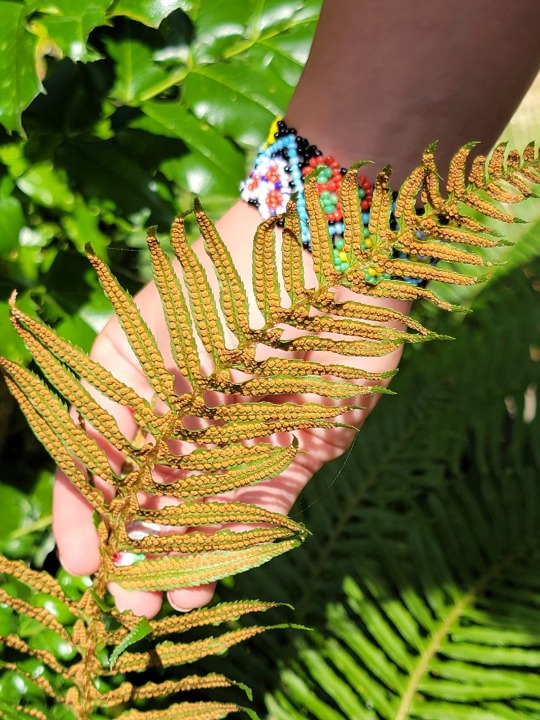
These are some of my favorite flowering plants among the many that i hold dear to my heart.
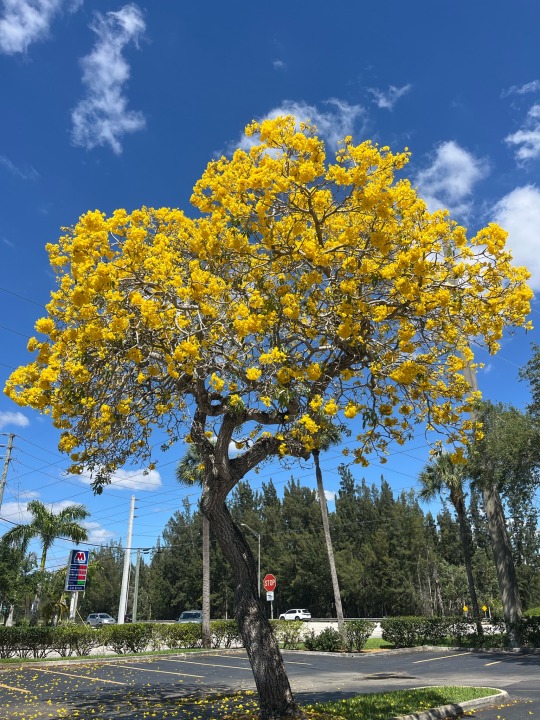

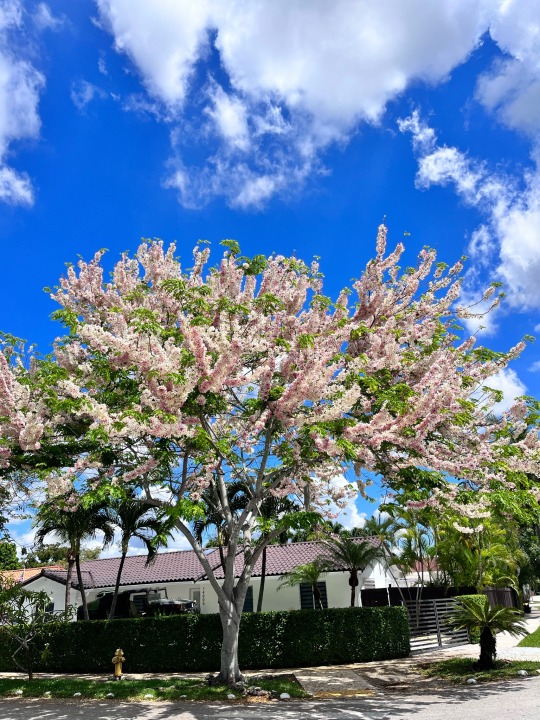
0 notes
Text
Angiosperms are my favorite! We have finally arrived to the flowering plants! These plants have fruits and/or flowers that carry seeds in them. There are over 250,000 species of angiosperms making them the most diverse plant group of all.
Flowering plants can teach us so much about history and how plants have adapted to their environments. They serve as the most basic source of food and begin the base of the human food chain! They are the most diverse plant group because there are a wide variety of fruits and flowers; they have may different pollinators including bees butterflies hummingbirds etc; they have developed defense systems like producing poisons, growing thorns, and other adaptations to repel predators; and they have different forms of seed dispersal.
Please watch this educational video about angiosperms: Intro to Identifying Flowering Plants.
0 notes
Text
Gymnosperms are the woody plants we see that reproduce by exposed seeds and are not enclosed in fruits or flowers. Their seeds do well in more stable land, unlike bryophytes which thrive in disturbed land and will grow basically anywhere. Gymnosperms and other vascular plants have seeds that grow into gametophytes, male or female, whereas nonvascular plants like bryophyte reproduce with spores that grow into sporophyte.
There are 4 types of gymnosperms: conifers, cycads, Ginkgo, and gnetophytes.
Conifers have simple leaves, their male and female gametophytes grow together. There are huge forests filled with conifers which prove shelter to many animals even during the harsh winters because these trees have evergreen leaves which do not shed off completely. Photo taken by me in Estes, Colorado November 2024.

Cycads have slow growing trunks, fleshy cones, and are often pollinated by beetles.
Ginkgo trees are a sacred tree to the Chinese and its native in China. There are many health benefits of ingesting ginkgo extract as they are rich in antioxidants which positively affects heart health, brain health, and stroke prevention as stated in the article by acupuncturist Dr. Kerry Boyle. Image from this website

Gnetophyes have simple leaves arranged in opposite pattern. The gnetophyte species called Welwitschia mirabilis is considered to be the weirdest of all the gymnosperms due to its strange growth tendencies. To learn more please visit this website!

0 notes
Text
Let’s talk about plant groups.
There are 5 groups that make up the plant kingdom which include the bryophytes, algae, pteridophyte, gymnosperms, and angiosperms.
The most ancestral group of plants are the Bryophytes.
• they live on very disturbed soil
• occurred about 500 million years ago
• they love humidity
• super diverse! There are up to 25,000 species of bryophytes.
• no vascular system, like xylem of phloem found in trees, so they are called nonvascular plants and they reproduce by spores instead of seeds.
• there are three kinds: liverworts, mosses, and hornworts.
Liverworts body is called the thallus which look like green leaf arrangements by the stem. The following video shows a time lapse of the growth of a Liverwort plant.
Mosses grow on leaves, rocks, and branches and carpet forest floors. They are extremely important for forests as they cool the air by maintaining moisture, which encourages new plant growth and retains nutrients for the plants around them. Please visit Royal Botanical Gardens for more information.
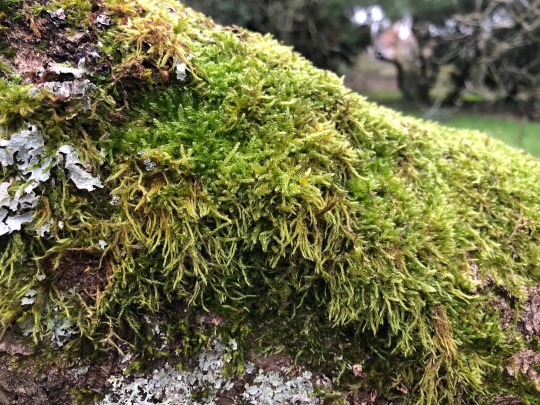
Hornworts can be identified by the needle like capsules that grow upright, the horns, which are the sporophyte. Image from Tentative Plant Scientist

0 notes
Text
What is a plant?
It is basically carbon, oxygen, and hydrogen in physical form. Plants make their own food through a process called photosynthesis which converts carbon dioxide and water into oxygen. Essential for life! Although plants can take many different forms, they are alive and respond to stimulus, have codes in DNA, adapt to their surroundings, reproduce and move. Plants even communicate and see… granted they communicate very differently than animals and humans do, yet they do do it by transmitting nutrients and emitting chemicals to other plants.
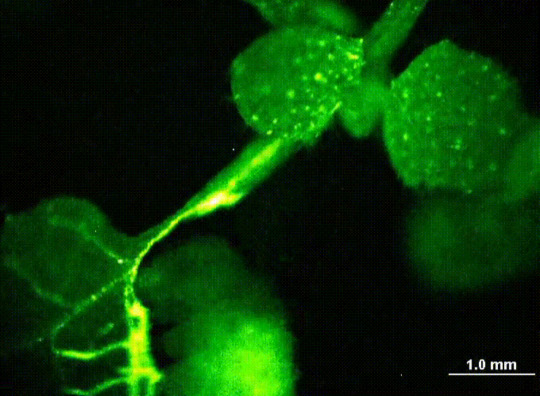
In this image we see a caterpillar eating from a a leaf as the leaf begins to transmit calcium signals to the plant body to activate defense responses. Absolutely incredible!
Click this to read a more in depth article about plant communication
0 notes